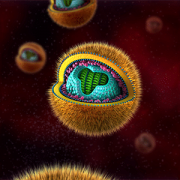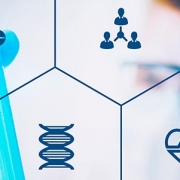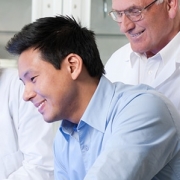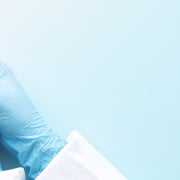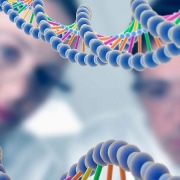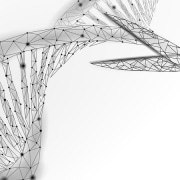Genomics, the land, and the promise of new drugs
Despite its proven value, scientists and researchers are yet to harness the full medical potential of the soil. Is genomics the key?
Antimicrobial resistance is a serious problem in modern medicine. The World Health Organisation warns that it is ‘one of the biggest threats to global health, food security, and development’ today.
Many approaches need to be combined to combat this problem, including more careful stewardship of existing antimicrobial drugs and other ways of preventing disease, such as vaccination. But new antibiotics will also be needed.
Most antibiotics we already have are derived from the defence mechanisms of naturally occurring micro-organisms, as are other enormously useful biotechnologies such as CRISPR-Cas9.
Microbes found in soil have previously yielded several antibiotics, as well as an immunosuppressant and an anticancer drug. Research from the University of California, Berkeley, has indicated that we have only been looking at the tip of the iceberg.
Exploring an underused resource
Soil contains a huge diversity of micro-organisms, many of which are poorly studied. “Less than one percent of the microbes in the soil are able to grow on agar,” said lead author on the Berkeley paper, Alexander Crits-Christoph. “That’s why so many of the antimicrobials we use today come from a couple of families of bacteria.”
Researchers are now using a technique called metagenomics to mine the potential of the soil for possible antibiotics and other pharmacologically-useful compounds.
The Berkeley team sequenced all the genomic material found in 60 teaspoon-sized samples, collected from a single meadow in northern California. From this, they were able to acquire complete genomes for around 1,000 different microbes – including bacteria and archaea – which the authors claim is the most complex microbial community ever sequenced in this way. Around one third of these appear to be species that have not previously been identified.
Many soil bacteria are present only in tiny numbers, so may be hard to sample with current techniques; the researchers estimate that the 1,000 genomes represent only 20 and 40 percent of all the microbes in the soil samples.
The race for gold
Once the genomes were sequenced, the Berkeley scientists scanned them, looking for sequences which resemble known antibiotics such as polyketides (like erythromycin) and nonribosomal peptides (like vancomycin, daptomycin and bacitracin). These were further refined by looking for potential antibiotic resistance genes nearby; microbes need to be resistant to any antibiotics they are making in order to be effective, otherwise the resultant antibiotic will simply kill the microbe that produces it.
The researchers now plan to synthesise 20 of these genes and insert them into lab bacteria where they can be expressed, and the resulting proteins studied to see if they have antibiotic, antifungal or other useful properties.
In another study, published earlier this year, scientists at New York’s Rockefeller University found a potential new family of antibiotics using similar metagenomic techniques on over 1,000 soil samples taken from across the US.
Lab tests showed that the compounds, named malacidins, are active against several types of bacteria which have developed resistance to many existing antibiotics, including MRSA. These compounds were also used to successfully treat MRSA-infected skin wounds in rats.
There is a long way to go before any new antibiotic is ready for use in the clinic, but these findings certainly show that the soil is a rich resource, with a wealth of untapped potential for antimicrobial and other pharmaceutical agents; and genomics is key to finding and exploiting it.
–



